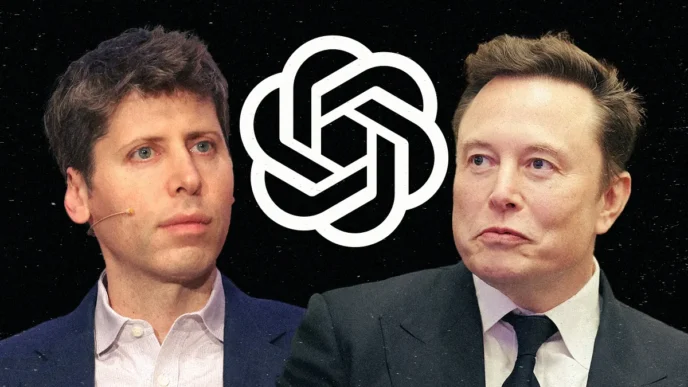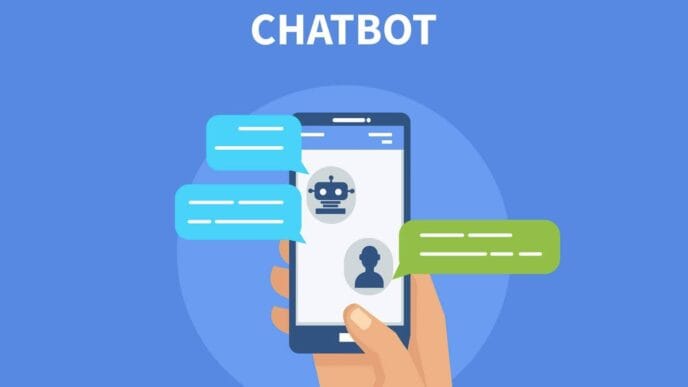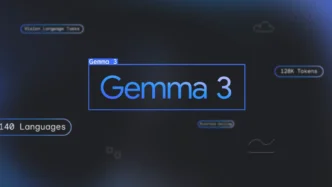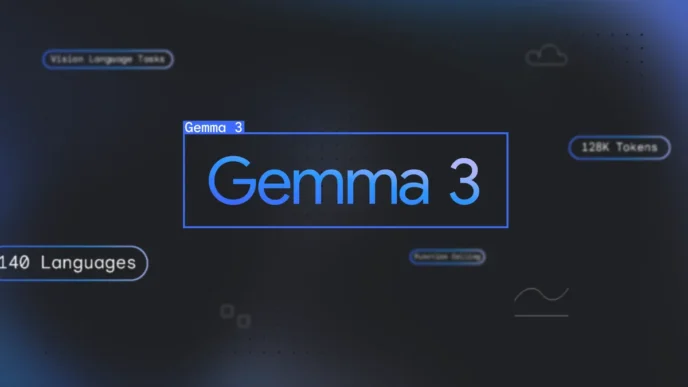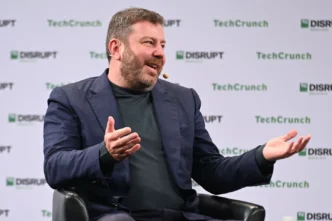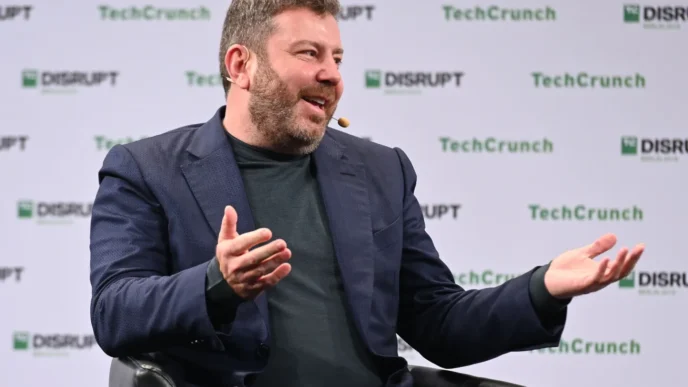Software engineers are feeling the pressure at Microsoft—and not just from deadlines. In its latest wave of job cuts, the tech giant laid off thousands of workers in Washington state, with programmers bearing the brunt of the layoffs. And while Microsoft has kept its reasons vague, the timing is hard to ignore: the company’s own CEO recently said AI now writes up to 30% of its code.
According to a report by Bloomberg based on state filings, more than 40% of the 2,000 employees let go in Washington were from software engineering teams. That makes developers the hardest-hit group by far, while comparatively fewer layoffs affected roles in sales, support, or marketing. It’s a notable shift that raises uncomfortable questions about the changing nature of coding work—and whether AI is beginning to replace rather than assist human developers.
To be clear, software engineers represent a sizable slice of Microsoft’s overall workforce. The company hasn’t disclosed the exact percentage, but with products like Windows, Azure, and Office relying heavily on internal development teams, engineers have always been central to Microsoft’s operations. Yet this round of layoffs suggests that even core technical roles are no longer shielded from disruption—especially as AI becomes more embedded in the coding process.
AI-assisted coding isn’t the future—it’s already here
Just last month, Microsoft CEO Satya Nadella stated that artificial intelligence is now responsible for generating roughly 30% of the company’s code. That figure isn’t theoretical. It comes from real-world use of tools like GitHub Copilot, which Microsoft owns through its acquisition of GitHub. These AI-powered assistants can suggest, write, and even debug code with minimal input from developers.
In fact, Microsoft has gone all-in on AI across its ecosystem. From integrating AI into productivity tools like Word and Excel to building AI copilots into Azure and Power Platform, the company is reshaping how work gets done—starting with its own teams. AI-assisted coding is no longer a niche experiment; it’s a key part of how Microsoft builds software.
So when you combine those internal AI advancements with the recent layoffs of hundreds of engineers, it’s hard not to connect the dots. Bloomberg asked Microsoft if the job cuts were related to the rise of AI-generated code. The company declined to comment, only reiterating that the layoffs were meant to reduce management layers and streamline operations.
But many industry observers see a clear trend: as AI gets better at writing code, the need for large developer teams could shrink—or at least change significantly. That’s especially true for routine or repetitive coding tasks, where AI tools are proving surprisingly effective.
Automation is changing the role of developers
The promise of AI in programming has always been about boosting productivity, not replacing humans outright. In practice, it means developers spend less time writing boilerplate code and more time on architecture, design, and testing. But the fear now is that as AI gets more capable, some coding jobs—particularly those focused on lower-level tasks—may simply vanish.
And Microsoft isn’t alone. Across the tech industry, AI is starting to reshape job roles in real time, even as companies publicly promote the benefits of these tools. Startups and large enterprises alike are rethinking team structures, often blending traditional developers with AI copilots to do more with fewer people.
In Microsoft’s case, the company has been under pressure to maintain efficiency following years of aggressive hiring during the pandemic. Earlier this year, Microsoft already confirmed layoffs affecting thousands of workers globally. The latest wave—focused largely on Washington—brings the total to around 6,000 job cuts so far in 2025.
What stands out in this round is how disproportionately software engineers were affected. While these roles have always been viewed as the backbone of tech companies, they now seem just as vulnerable to workforce reshaping as more traditional “non-technical” roles were in previous cycles.
Will AI-assisted coding make developers obsolete?
The short answer is no—but the longer answer is more nuanced.
AI-assisted coding doesn’t mean the end of software engineering, but it does mean the role is evolving fast. Engineers who can adapt to AI tools, manage hybrid workflows, and focus on high-level problem-solving will still be in high demand. But those relying on repetitive tasks or outdated skills may find fewer opportunities as AI automates more of the heavy lifting.
For Microsoft, the messaging has been that AI is here to empower people, not replace them. The company often touts the idea of “copilots,” emphasizing collaboration between humans and machines. Still, the practical outcomes—like laying off hundreds of programmers just as AI usage spikes—send a different message to those on the ground.
Even with productivity gains, trust in AI-generated code remains a challenge. Developers often have to double-check outputs from tools like Copilot, especially for security, performance, or edge cases. So while AI can handle the initial draft, human oversight is still critical—at least for now.
Microsoft’s silence speaks volumes
When asked if AI played a role in deciding who was let go, Microsoft simply refused to answer. It’s a non-response that has only fueled speculation. After all, the company has made massive investments in OpenAI, integrated AI across its product suite, and even built custom chips to power its AI infrastructure.
If any company is positioned to use AI to trim its workforce while boosting output, it’s Microsoft. And with the rapid rise of AI-assisted coding, it’s likely we’ll see more companies follow a similar path: fewer coders, more copilots.
For software engineers everywhere, the message is clear—learn to work with AI, or risk being replaced by those who do.



